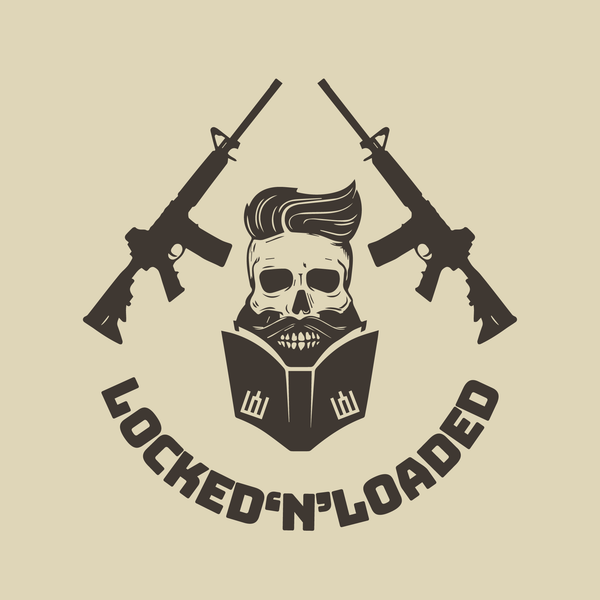Life is fragile and immediate first aid can save a life. Initial resuscitation is the first and main step when a person suddenly loses consciousness and stops breathing. Initial resuscitation consists of cardiac massage and artificial respiration. These actions are essential, they ensure that oxygen enters the blood and carries it throughout the body. An automatic external defibrillator (AID) , which is designed to restore a normal heart rhythm, is inseparable from these actions. This device is an indispensable tool in saving lives in cardiac arrest. The CardiAid defibrillator is designed to be as simple and clear as possible, so that the use of the device does not cause hesitation and the shock is delivered to the victim as quickly as possible. CardiAid is completely safe to use. AID delivers a shock only if, after analysis, it is determined to be necessary.
Many public places have AID, but as practice shows, there could be even more. An AED used in time can save a life. CPR and CPR are integral life-saving tools, and quick and accurate use of these tools can save a life. It is important not only to have an AID, but also to know how to use it, not to be afraid and not to get lost at the fateful minute.
1. Quick response. Not getting lost in such situations can save a person's life.
2. Adequate heart massage (120k/min, click rate) and timely defibrillation will support the circulation until the arrival of professional doctors.
3. Qualified assistance. It should be understood that initial CPR and defibrillation can be performed by anyone, not necessarily a medical professional. Public education in this area is important because anyone can become a lifesaver.

